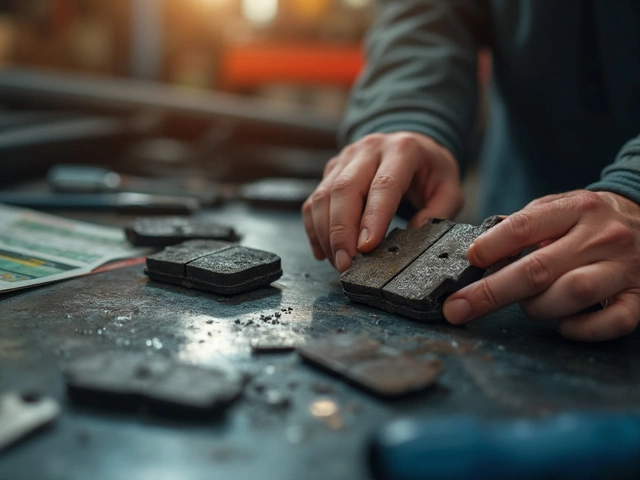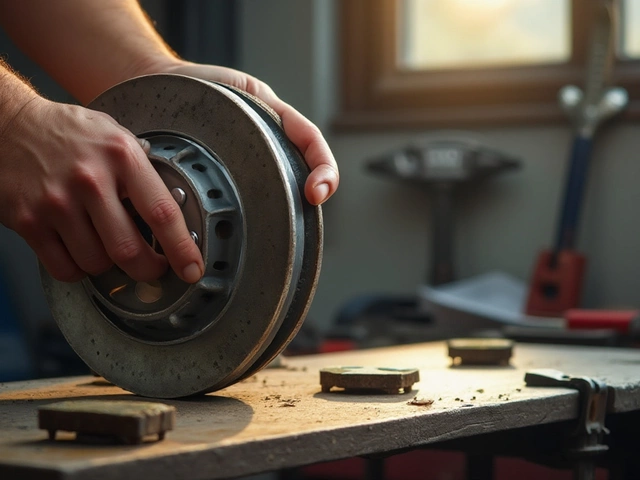Car Radiator Issues: What to Watch For and How to Fix Them
If your engine feels like it’s about to boil, the radiator is probably the culprit. A failing radiator can turn a normal drive into a costly repair, but spotting the signs early saves time and money. In this guide you’ll get the most common symptoms, simple DIY checks, and practical maintenance tips that keep your cooling system happy.
Common Signs Your Radiator Is Failing
First thing you’ll notice is the temperature gauge creeping toward the red zone. Overheating isn’t just a warning light; it means the coolant isn’t circulating properly. Look for steam coming from under the hood – that’s hot coolant escaping. If you see a sweet, pungent smell, the radiator fluid is likely leaking.
Other red flags include a low coolant level in the reservoir, a radiator that feels unusually hot to the touch, and a loss of heater performance inside the car. When the heater stops blowing warm air, it can be a sign that the coolant isn’t reaching the heater core, which often points back to the radiator.
How to Keep Your Radiator Healthy
Regular checks are the cheapest way to avoid big problems. Every month, pop the coolant reservoir and make sure the fluid is at the proper level and looks clean – no rust or oil floating on top. A quick visual inspection of the radiator’s outer tanks can reveal cracks, corrosion, or clogged fins.
Flushing the cooling system every two years (or according to your car’s manual) removes sludge that blocks flow. Use a garden hose to spray the fins from the outside, but be gentle to avoid bending them. When you replace the coolant, mix it with distilled water in the right ratio; this prevents mineral buildup.
If you spot a small leak, a radiator sealant can be a temporary fix, but treat it as a stop‑gap until a professional can weld or replace the damaged part. For larger leaks, the radiator usually needs a full replacement – a job most garages can finish in a couple of hours.
Finally, keep the thermostat in check. A stuck‑closed thermostat will overheat the engine, while a stuck‑open one can make the car run cold, both stressing the radiator. If you notice erratic temperature changes, have the thermostat tested.
By staying alert to these symptoms and doing routine maintenance, you’ll keep your radiator – and your engine – running smooth for miles. If you ever feel unsure, Northwich Tyres Centre can help with diagnostics, repairs, and the right coolant for your vehicle.
 10 April 2025
10 April 2025
How Much Does It Cost to Replace a Bad Radiator?
Replacing a bad radiator can put a dent in your wallet, but it's crucial for keeping your car running smoothly. Costs can vary greatly depending on your car's make and model, labor costs in your area, and whether you choose an aftermarket or OEM radiator. This article explores what affects these costs and gives you some handy tips on getting the job done without breaking the bank. If you're facing radiator issues, understanding these factors can help you plan and avoid unexpected surprises.
 24 March 2025
24 March 2025
Main Causes of Radiator Failure: What You Need to Know
Radiator failure can leave you stranded at the worst of times if you don't know what to look for. Understanding the common reasons behind radiator failure—such as leaks, clogs, and rust—can help keep your vehicle running smoothly. Regular maintenance and timely repairs can prevent costly damage and extend the life of your car's cooling system. Learn about some practical tips for detecting early signs of trouble, ensuring you're never caught off guard on the road.






0